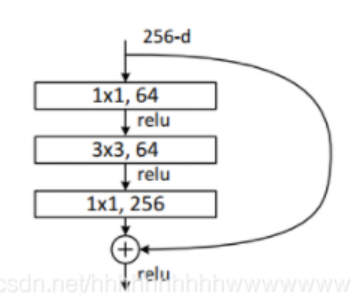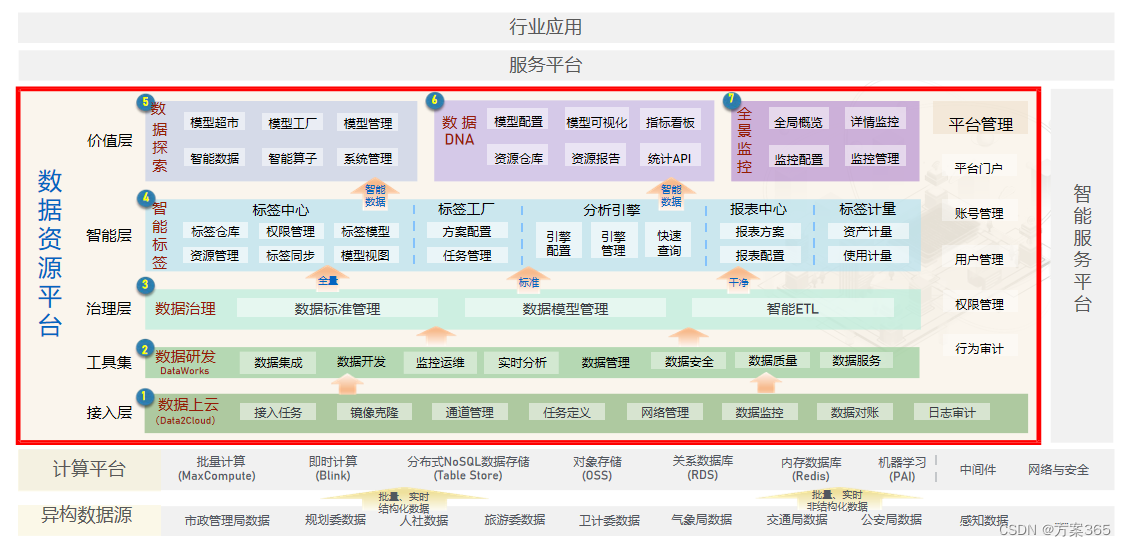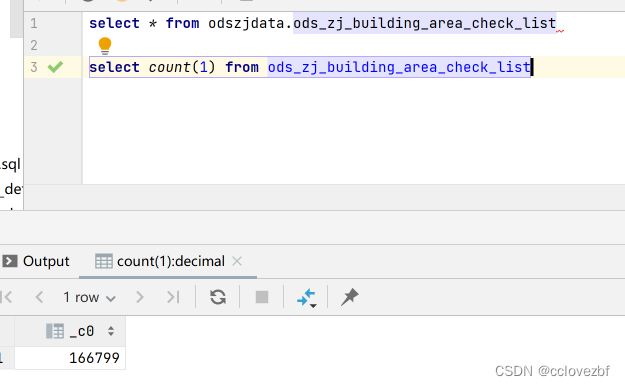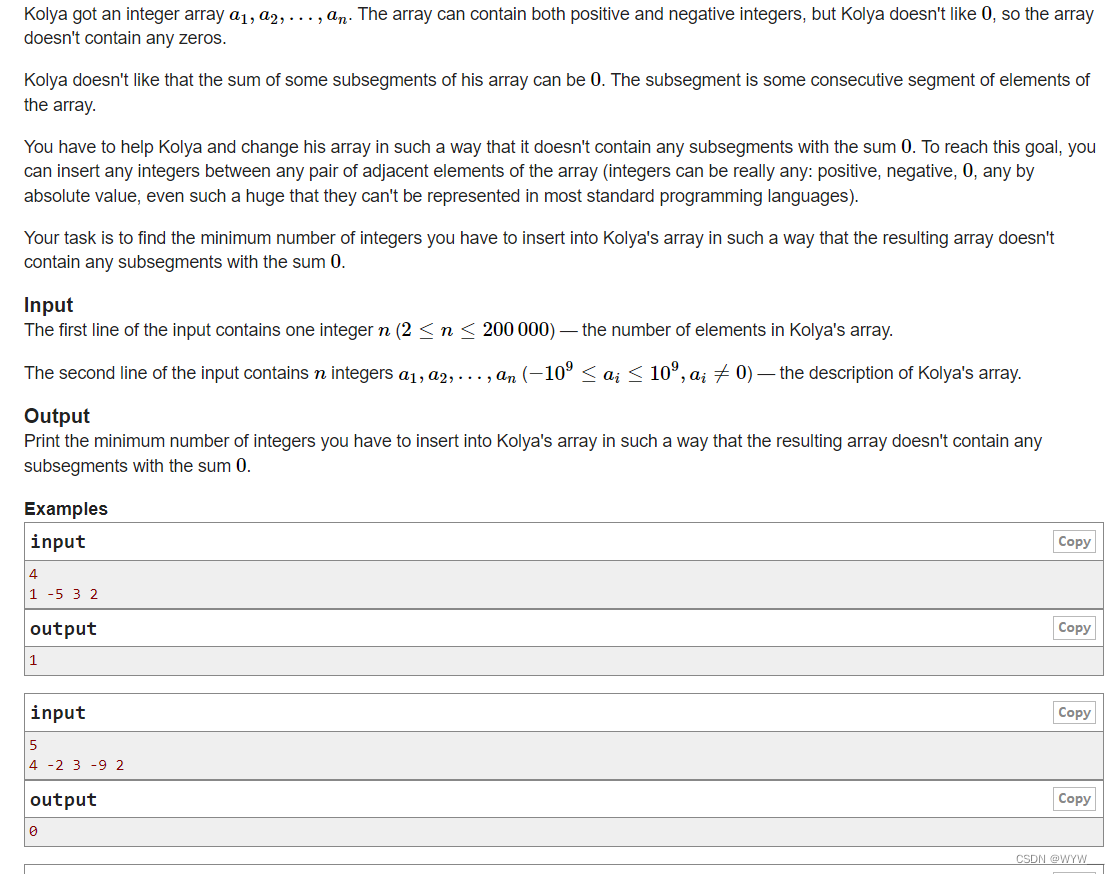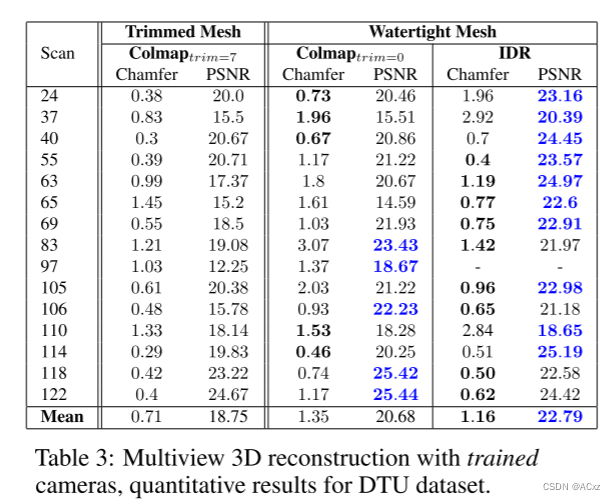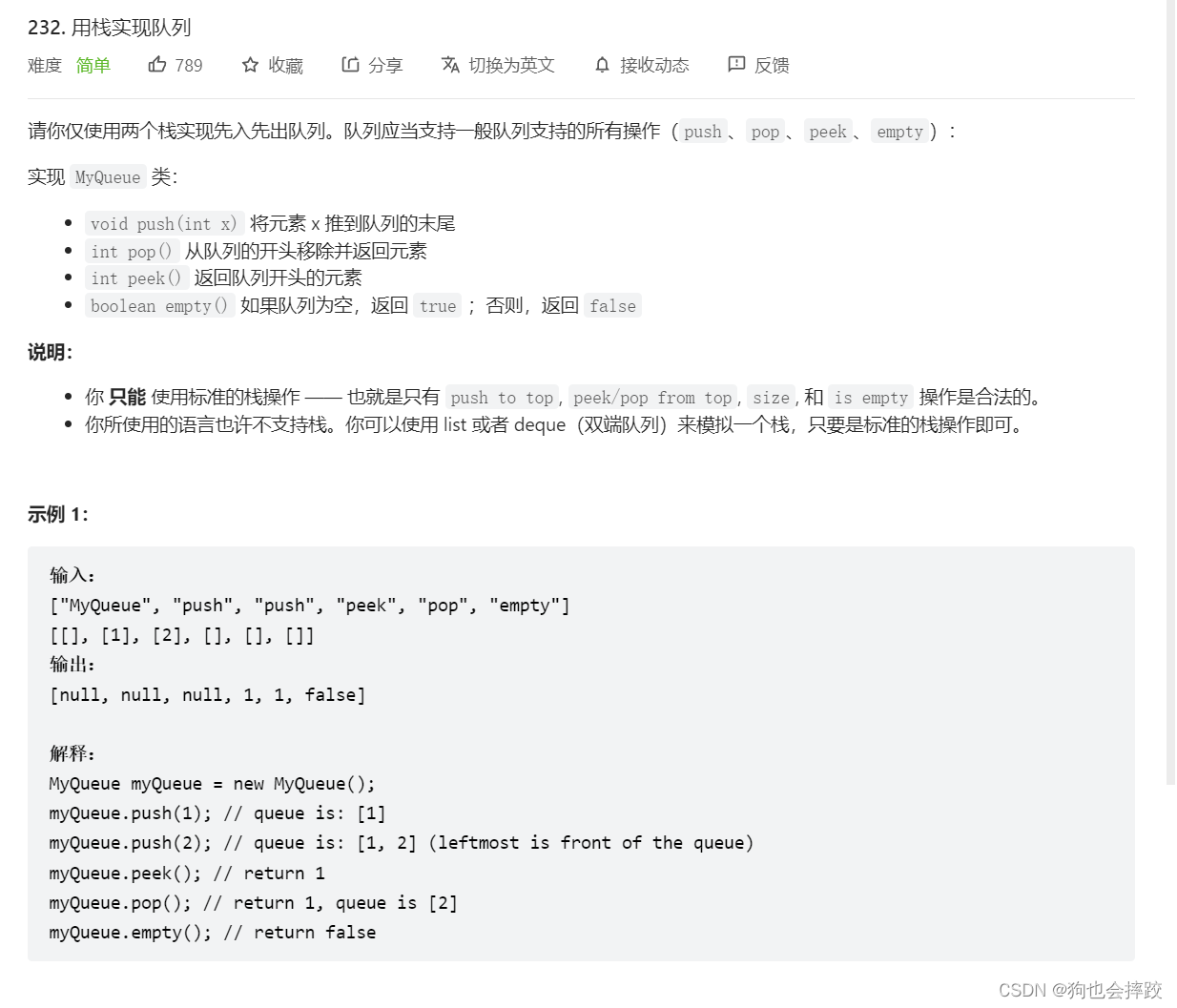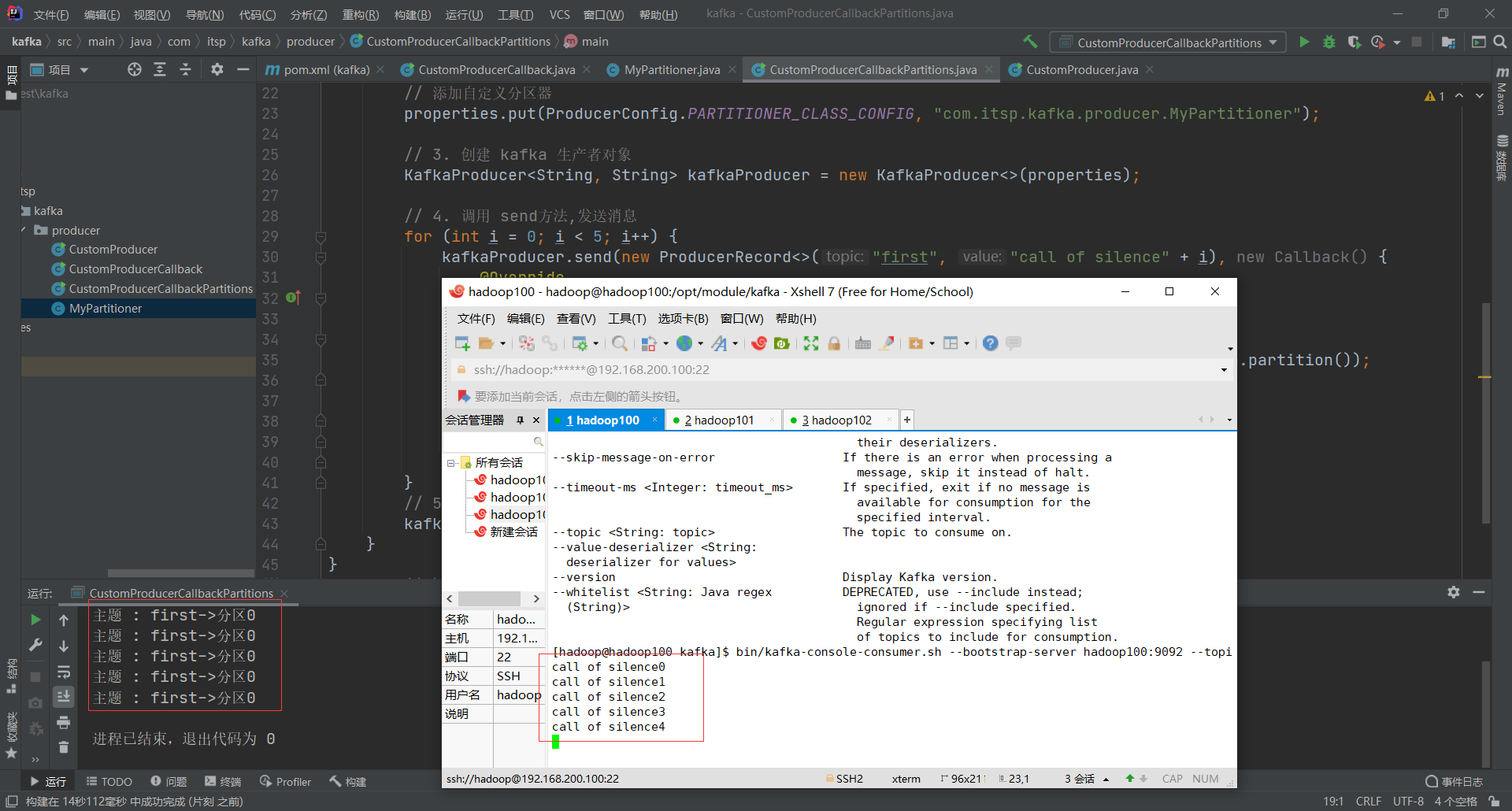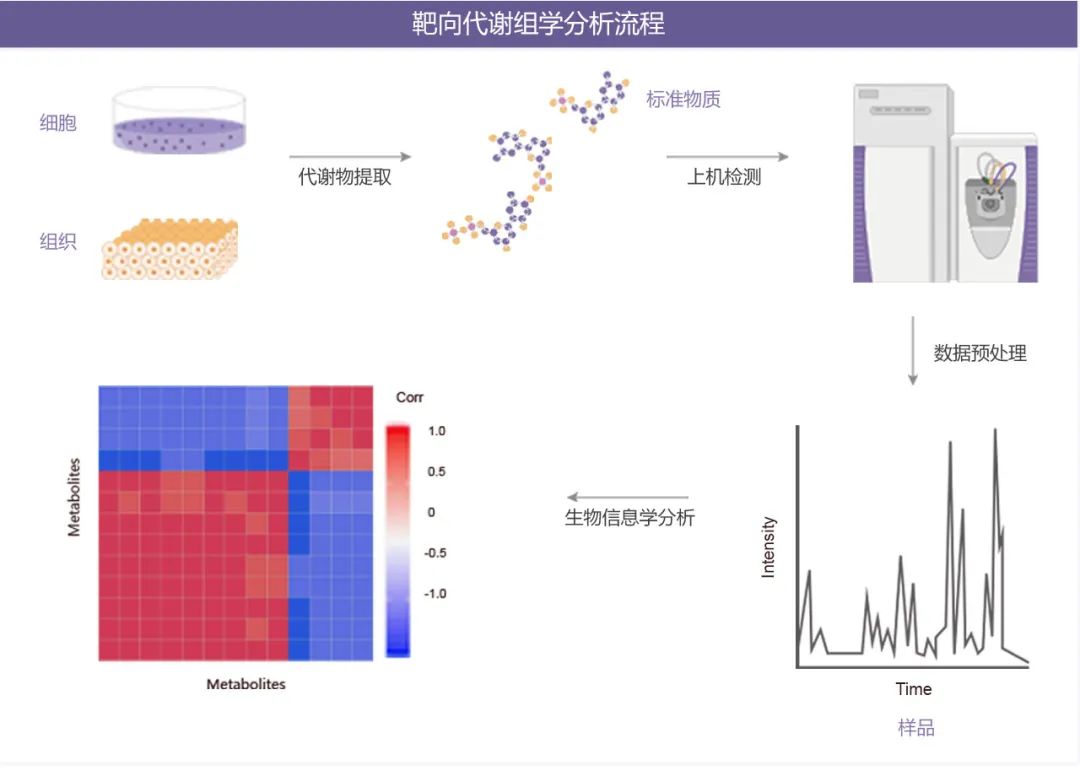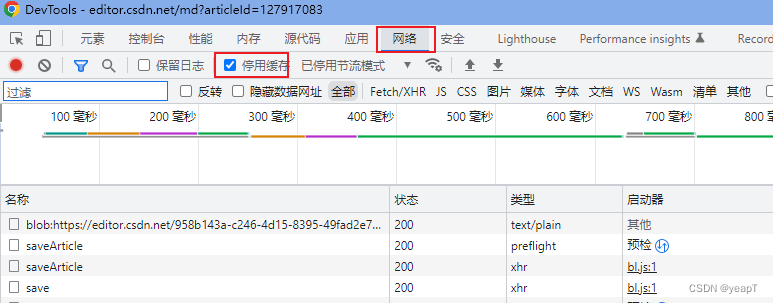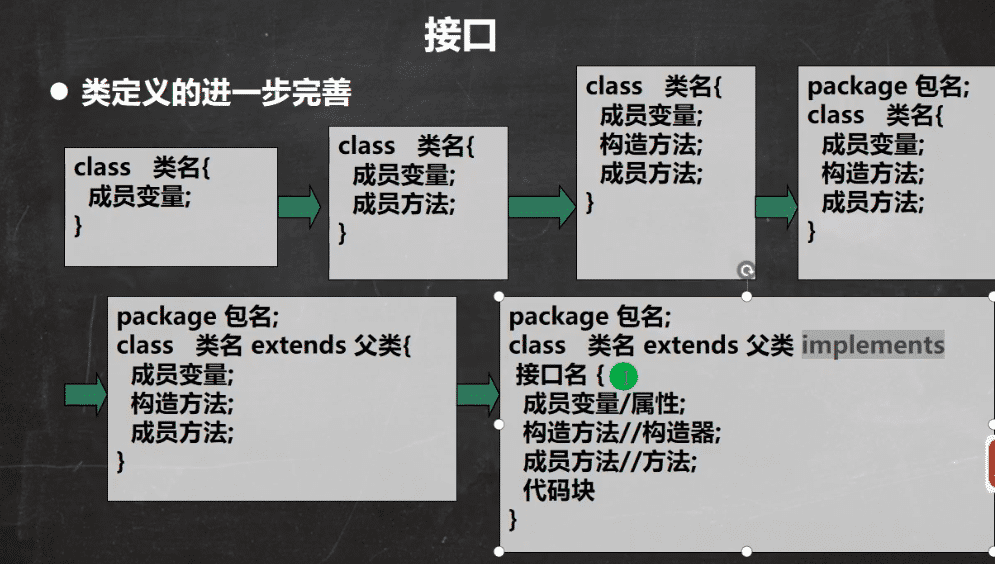👨🎓个人主页:研学社的博客
💥💥💞💞欢迎来到本博客❤️❤️💥💥
🏆博主优势:🌞🌞🌞博客内容尽量做到思维缜密,逻辑清晰,为了方便读者。
⛳️座右铭:行百里者,半于九十。
📋📋📋本文目录如下:🎁🎁🎁
目录
💥1 概述
📚2 运行结果
🎉3 参考文献
🌈4 Matlab代码及文章阅读
💥1 概述
协同细菌觅食优化算法是一种基于大肠杆菌的社会觅食行为的新型优化算法。本文提出了对原始BFO算法的一种改进,即“协同细菌觅食优化”CBFO,这在解决复杂优化问题时显著改进了原始BFO。这一显著改进是通过对原始BFO应用两种协作方法实现的,即隐式空间分解级别上的串行异构协作和混合空间分解级别的串行异构合作。实验比较了两种CBFO变体与原始BFO、标准PSO和实数编码GA在四个广泛使用的基准函数上的性能。新方法显示出比原始BFO的性能显著提高,并且似乎与PSO和GA相当。
文献来源:

📚2 运行结果

c(:,1)=0.05*ones(S,1); % the run length unit (the size of the step taken in each run or tumble)
% Initial positions
for m=1:S % the initital posistions
B(1,:,1,1,1)= 10*rand(S,1)';
B(2,:,1,1,1)= 10*rand(S,1)';
end
%% Loops
% (2) Elimination-dispersal loop
for l = 1:Ned
% (3) Reproduction loop
for k = 1:Nre
% (4) Chemotaxis (swim/tumble) loop
for j=1:Nc
% (4.1) Chemotatic step
for i=1:S
% (4.2) Fitness function
J(i,j,k,l) = fitnessBFO(B(:,i,j,k,l));
% (4.3) Jlast
Jlast=J(i,j,k,l);
% (4.4) Tumble
Delta(:,i) = unifrnd(-1,1,n,1);
% (4.5) Move
B(:,i,j+1,k,l)=B(:,i,j,k,l)+c(i,k)*Delta(:,i)/sqrt(Delta(:,i)'*Delta(:,i));
% (4.6) New fitness function
J(i,j+1,k,l)=fitnessBFO(B(:,i,j+1,k,l));
% (4.7) Swimming
m=0; % counter for swim length
while m < Ns
m=m+1;
if J(i,j+1,k,l)<Jlast
Jlast=J(i,j+1,k,l);
B(:,i,j+1,k,l)=B(:,i,j+1,k,l)+c(i,k)*Delta(:,i)/sqrt(Delta(:,i)'*Delta(:,i)) ;
J(i,j+1,k,l)=fitnessBFO(B(:,i,j+1,k,l));
else
m=Ns;
end
end
J(i,j,k,l)=Jlast; %???
end % (4.8) Next bacterium
x = B(1,:,j,k,l);
y = B(2,:,j,k,l);
clf % clears figure
run rose_fungraph.m
plot(x,y,'*','markers',6) % plots figure
axis([-1.5 1.5 -1 3]), axis square
xlabel('x'); ylabel('y')
title('Bacterial Foraging Optimization'); grid on
legend('Rosenbrock function','Bacteria')
pause(.01)
hold on
end % (5) if j < Nc, chemotaxis
% (6) Reproduction
% (6.1) Health
Jhealth=sum(J(:,:,k,l),2); % Set the health of each of the S bacteria
[Jhealth,sortind]=sort(Jhealth);% Sorts bacteria in order of ascending values
B(:,:,1,k+1,l)=B(:,sortind,Nc+1,k,l);
c(:,k+1)=c(sortind,k); % Keeps the chemotaxis parameters with each bacterium at the next generation
% (6.2) Split the bacteria
for i=1:Sr % Sr??
B(:,i+Sr,1,k+1,l)=B(:,i,1,k+1,l); % The least fit do not reproduce, the most fit ones split into two identical copies
c(i+Sr,k+1)=c(i,k+1);
end
end % (7) Loop to go to the next reproductive step
% (8) Elimination-dispersal
for m=1:S
if Ped>rand % % Generate random number
B(1,:,1,1,1)= 50*rand(S,1)';
B(2,:,1,1,1)= .2*rand(S,1)';
else
B(:,m,1,1,l+1)=B(:,m,1,Nre+1,l); % Bacteria that are not dispersed
end
end
end
%% Results
reproduction = J(:,1:Nc,Nre,Ned);
[jlastreproduction,O] = min(reproduction,[],2); % min cost function for each bacterial
[Y,I] = min(jlastreproduction);
pbest = B(:,I,O(I,:),k,l);
🎉3 参考文献
部分理论来源于网络,如有侵权请联系删除。

